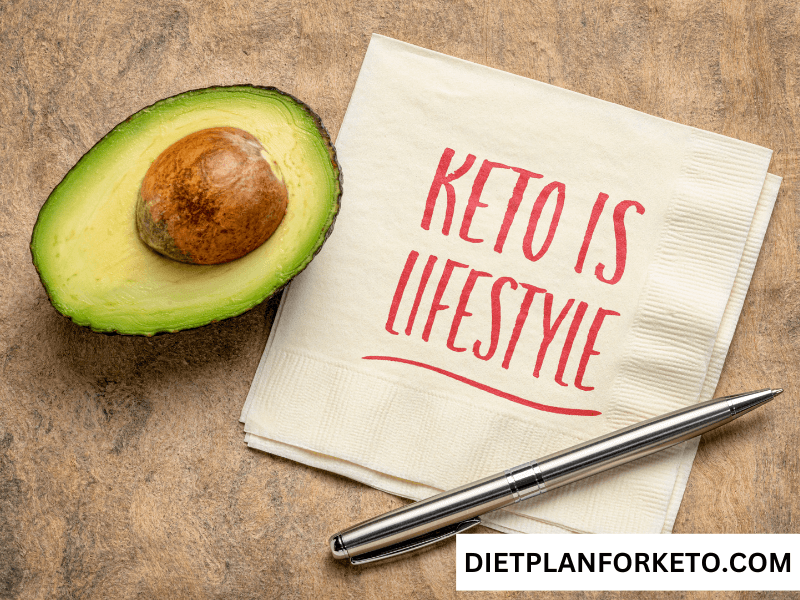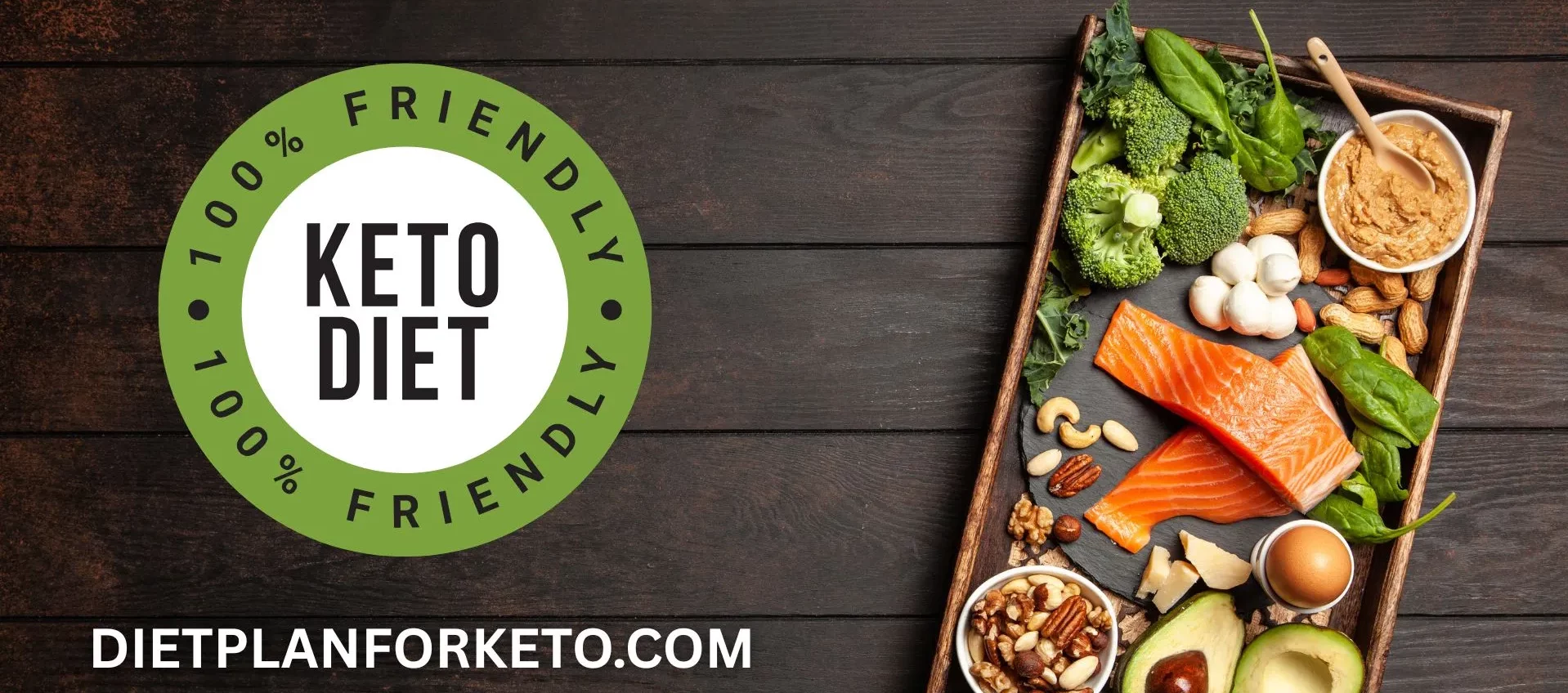When it comes to condiments, traditional options like ketchup, mustard, and relish can be surprisingly high in sugars and carbs, making them less than ideal for anyone following a ketogenic lifestyle.
However, with a few smart tweaks and creative recipes, you can enjoy these classic flavors without straying from your low-carb goals.
In this guide, we’ll dive into everything you need to know about creating keto-friendly versions of these beloved toppings, including ten of the best recipes to try at home, tips for enhancing flavors, and how to avoid common pitfalls.
Table of Contents
- Introduction to Keto Condiments
- Why Traditional Condiments Aren’t Keto-Friendly
- Health Benefits of Homemade Keto Condiments
- Essential Ingredients for Keto Ketchup, Mustard, and Relish
- Top 10 Keto Ketchup, Mustard, and Relish Recipes
- How to Store and Preserve Homemade Condiments
- Tips for Customizing Flavors
- Pros and Cons of Making Keto Condiments
- Conclusion
Introduction to Keto Condiments
Keto-friendly condiments are a game-changer for anyone looking to keep their carb count low while still enjoying the flavors they love. With the right recipes, you can transform classic ketchup, mustard, and relish into keto-approved versions that pack the same punch without the sugar spike.
This guide will walk you through the basics, helping you understand what makes a condiment keto-friendly and how to craft your own at home.
Why Traditional Condiments Aren’t Keto-Friendly
Most commercial condiments, particularly ketchup and sweet relish, are loaded with added sugars and high-fructose corn syrup, making them off-limits for those on a keto diet. Even seemingly innocent mustards can contain hidden carbs if they include added honey or fruit. On keto, every gram of carbohydrate matters, which is why it’s essential to find or make versions that fit your macros.
Health Benefits of Homemade Keto Condiments
Making your own condiments comes with a host of benefits, including:
- Lower Carbs: Control exactly what goes into your sauces, reducing or eliminating sugars.
- Better Quality Ingredients: Avoid preservatives, artificial flavors, and unnecessary fillers.
- Cost Savings: Homemade condiments are often cheaper per serving than premium store-bought keto options.
- Customization: Tailor flavors to your exact taste preferences.
Essential Ingredients for Keto Ketchup, Mustard, and Relish
To make keto-friendly versions of these condiments, you’ll need a few key ingredients that keep the carbs low while maximizing flavor. These include:
- Low-carb sweeteners (e.g., erythritol, monk fruit, allulose)
- Apple cider vinegar or white vinegar for tanginess
- Spices like smoked paprika, garlic powder, and mustard seed
- High-quality, low-sugar tomato paste for ketchup
- Fresh or pickled cucumbers for relish
Top 10 Keto Ketchup, Mustard, and Relish Recipes
1. Classic Keto Ketchup
Ingredients:
- 1 cup tomato paste
- 1/4 cup apple cider vinegar
- 1/4 cup water
- 2 tbsp erythritol or monk fruit sweetener
- 1 tsp garlic powder
- 1 tsp onion powder
- 1/2 tsp smoked paprika
- 1/2 tsp sea salt
- 1/4 tsp black pepper
Instructions:
- Combine all ingredients in a medium bowl.
- Whisk together until smooth.
- Adjust sweetness or tanginess to taste.
- Store in an airtight container in the fridge for up to 2 weeks.
Carbs per serving: Approximately 1g per tablespoon
2. Spicy Mustard
Ingredients:
- 1/2 cup ground mustard powder
- 1/4 cup water
- 2 tbsp apple cider vinegar
- 1 tbsp white vinegar
- 1 tsp turmeric
- 1/2 tsp sea salt
- 1/4 tsp cayenne pepper (optional for heat)
Instructions:
- Mix mustard powder and water in a bowl to form a paste.
- Add vinegars, turmeric, salt, and cayenne pepper.
- Stir until fully combined.
- Store in a jar in the fridge for up to 3 weeks.
Carbs per serving: Less than 0.5g per tablespoon
3. Low-Carb Sweet Relish
Ingredients:
- 2 cups diced cucumbers (seeded)
- 1/2 cup chopped onion
- 1/4 cup apple cider vinegar
- 2 tbsp erythritol
- 1 tsp sea salt
- 1/2 tsp celery seed
- 1/2 tsp mustard seed
Instructions:
- In a medium saucepan, combine all ingredients.
- Bring to a simmer over medium heat.
- Reduce heat and cook for 10-15 minutes, stirring occasionally.
- Allow to cool before transferring to a jar.
Carbs per serving: Approximately 1g per tablespoon
How to Store and Preserve Homemade Condiments
Once you’ve prepared your condiments, proper storage is essential to maintain freshness and flavor. Most keto condiments can be stored in the refrigerator for 2-4 weeks if sealed tightly. For longer storage, consider freezing small portions or using canning techniques for ketchup and relish.

Tips for Customizing Flavors
Personalize your condiments by adjusting the spice levels, adding herbs, or experimenting with different vinegars for a unique taste. Don’t be afraid to get creative – the possibilities are nearly endless.
Pros and Cons of Making Keto Condiments
Pros:
- Full control over ingredients
- Fresher taste without preservatives
- Customizable flavor profiles
- Often more cost-effective
Cons:
- Can be time-consuming
- Requires some upfront ingredient investment
- May have a shorter shelf life than commercial versions
Conclusion
Making your own keto condiments can be a rewarding way to enhance your low-carb meals without compromising on flavor. Whether you’re whipping up a smoky BBQ ketchup for your next cookout or crafting a spicy mustard for sandwiches, these recipes provide a solid foundation for endless condiment creativity.
